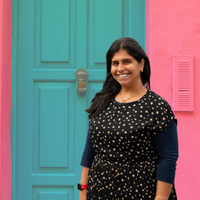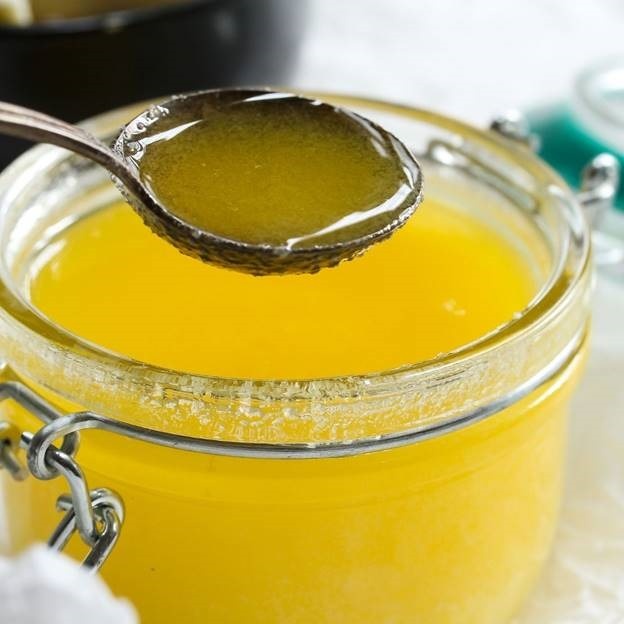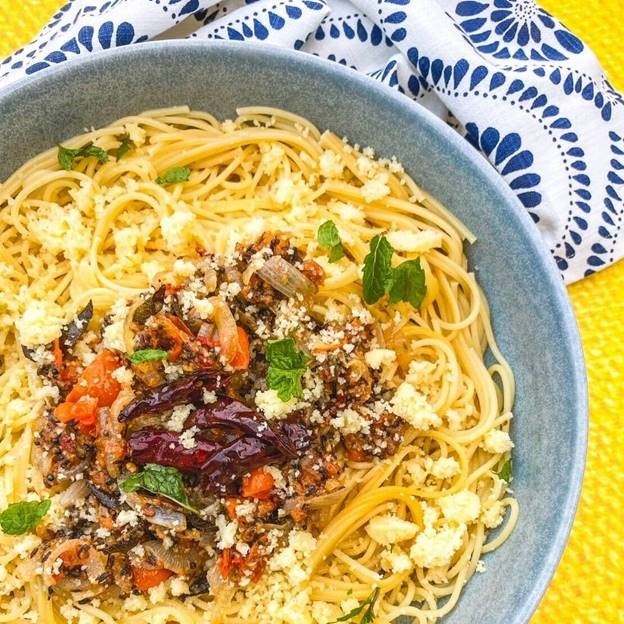Why I switched to the good old Indian secret
I was raised on a steady diet of ghee. Ghee was in my bowl of white rice as a toddler, in the simple vegetable dishes mum cooked, in the daal I loved eating, slathered on my toast if mum ran out of butter and yes, even in my baked beans!
You may know it as ghee butter or clarified butter. Indians call it the fat of the gods because it’s offered on altars and used as food for the gods for centuries.
Article by Perzen Patel | South Asian Today
I hated ghee. It didn’t look like any other oil I came across, it had a creamy smell, and I was happy it wasn’t readily available in our new home in New Zealand. After all, there were so many other oils you could cook with here! There was rapeseed oil for everyday stuff, olive oil when I went through my ‘Weight Watchers’ phase and avocado oil for when I wanted to show off and be fancy.
I didn’t believe it was co-related at the time, but the food I tried to cook during this time of my life – especially Indian food – has never tasted worse! My daal was never lusciously creamy. The kebabs I fried would remain raw. Even the spices I added to my food were somehow flat and did nothing to the meal. I didn’t know it then, but avocado oil and olive oil are not the best mediums for blooming spices.
I gave up all the oil experimentation, adopted sunflower oil and accepted that I’d never be as great at cooking Indian food as mum was.
Years later, in India, we ran out of oil in my catering kitchen one day. Lunch orders needed to go out, and our nearby vendor didn’t have any oil either. While I was busy berating myself that I had no business calling myself a caterer if I couldn’t figure out stock control, my lovely cook who helped me in the kitchen went back to the vendor and brought back a tin of Amul Ghee instead. “Use this”, she said.
I made a face and plopped some into the pan to get the onions going. Almost immediately, a warm buttery aroma hugged the kitchen. When I sat down to eat the leftovers that afternoon, something magical had happened. The food tasted yummier. Wholesome. Like it did when mum cooked.
As I overcame my hesitation , I started adding ghee everywhere. I changed my food cost models to include the pricier ghee because overnight, the food we cooked in our catering kitchen had gone from good to divine.
I’ve learned now that like with other things, mum was right. Ghee makes magic. It’s a flavour miracle-worker. Or for my fellow millennials, ghee is the smashed avocado on toast of fats.
The place where ghee shines is when you use it for a tadka, the act of blooming spices in ghee. The humble tadka goes by many names – vaghar, phoron, chhounk, tarka are a few. The common thread? Practically every Indian dish begins or ends with tadka.
As I learned more about Indian food, I discovered that what you put into your tadka depends on where you live in India. In the west, the Gujaratis will mostly use curry leaves, mustard seeds, cumin, garlic and green chilli while in the south there will be urad dal (black gram), chana dal (Bengal gram), curry leaves and spicy red chillies. You don’t need to remember any of this. The moral of the story is that you can – and should – tadka everything.
After living for seven years in India, it was time to move back home to New Zealand. This time rather than the avocado oils and olive oils I packed my love for ghee and tadka with me.
I now marinate my snapper in a tadka of ghee, mustard seeds, fenugreek seeds and broken chilli. In my cheese scones, I use ghee instead of butter and watch in glee as people try to figure out the ingredient that’s making my scones so yum. Recently, I even made pesto with ghee. And, since that worked too, it was time to test my other working theory. Tadka in a pasta dish.
Tadka. In Pasta!? Yes, the Italians will hate me. But, my spaghetti has gotten a whole lot tastier. I suggest you give it a whirl too. Especially if most of your produce – like mine – comes from the local veggie shop rather than the foothills of Mt Vesuvius and is not always bursting with fresh flavour. You will find that adding a tadka to your Aglio e Olio adds an oomph you didn’t know you were missing.
Triple Tadka Spaghetti (Serves 4)
500gm dried spaghetti, broken in halves
1500ml water
1-2 tbsp Salt (for pasta water)
1 tsp salt (for seasoning)
100 gm parmesan, pecorino or cheddar cheese, grated
First Tadka
2 tbsp ghee
1 heaped tsp cumin seeds
1 tsp fenugreek seeds (optional)
1/2 small onion, thinly sliced
1 fresh tomato, finely chopped (canned won’t do, cherry tomatoes split in half will work great)
12-15 curry leaves
Second Tadka
2 tbsp ghee
5-6 cloves garlic, finely chopped
Third Tadka
2 tbsp ghee
1 tsp mustard seeds
3-4 dried Kashmiri chillies, broken in half/big pieces
12-15 curry leaves
In a large saucepan, add the salt and water and bring it to a boil. Add in your pasta and cook for 8-11 minutes until al dente.
In a small saucepan, heat the ghee until it’s smoking. Add in the First Tadka ingredients one at a time in the order mentioned above. You want to make sure the cumin and fenugreek are roasted before the onions go in and that the onion is soft before you add the tomatoes and finally the curry leaves. Set aside in a bowl.
In the same saucepan, heat the second round of ghee. Add in the finely chopped garlic and allow it to become brown and crispy. Set aside in the same bowl as your first tadka.
Your pasta should be ready by now. Strain out the water and empty into a serving bowl. Add salt. Add the tadka you have set aside. Incorporate everything together.
Now, it’s time for the third tadka. One final time, heat the last round of ghee. Add in the mustard seeds. When they sizzle, add the curry leaves and the chillies. These will cook really fast in a matter of seconds so add them in and turn off the heat. You want them crispy.
Note – The final lot of curry leaves will be crispy and impart texture while the first lot will be soft from the tomatoes and impart flavour.
Empty the tadka on top of your pasta. Add your grated cheese. Serve immediately.
My 5-year-old – like me – has recently started wrinkling his nose when the warm buttery aroma of ghee fills our house. I felt a sense of pride while feeding him my tadka pasta. That I was able to give him a taste of the best from both my worlds.
 South Asian Today is an independent media company committed to amplifying South Asian writers and artists. If you like our work, please become a member or buy us a coffee here.
South Asian Today is an independent media company committed to amplifying South Asian writers and artists. If you like our work, please become a member or buy us a coffee here.
About the author
Perzen is an Indian food expert. The eating kind. When it came to Indian food, Perzen spent years being ashamed, scared and confused with her food heritage. Until she started writing and fell back in love. Now, Perzen tells stories that will help you go beyond butter chicken. Find more at www.dollymumma.com


